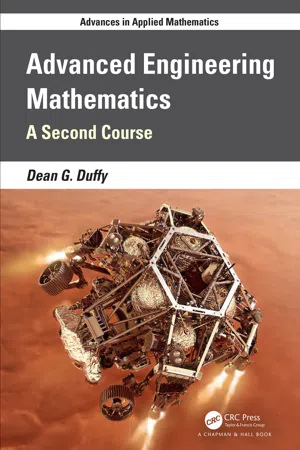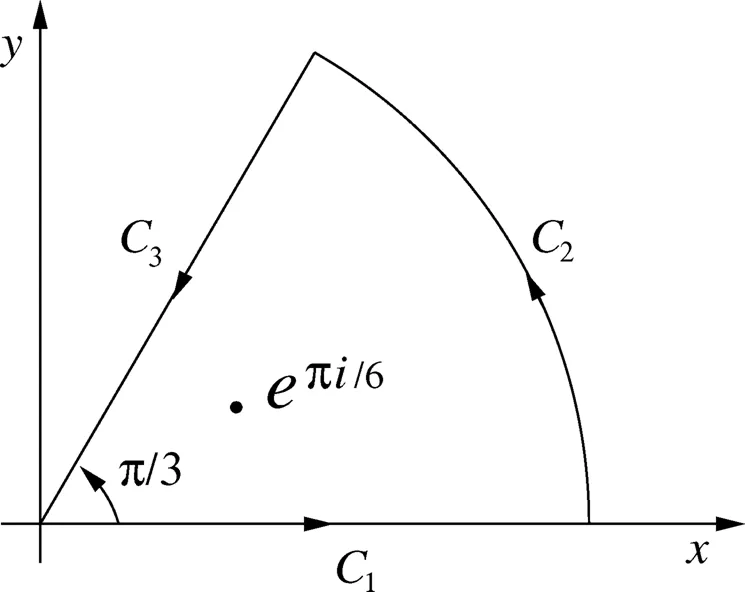
- 448 pages
- English
- ePUB (mobile friendly)
- Available on iOS & Android
About this book
Through four previous editions of Advanced Engineering Mathematics with MATLAB, the author presented a wide variety of topics needed by today's engineers. The fifth edition of that book, available now, has been broken into two parts: topics currently needed in mathematics courses and a new stand-alone volume presenting topics not often included in these courses and consequently unknown to engineering students and many professionals.
The overall structure of this new book consists of two parts: transform methods and random processes. Built upon a foundation of applied complex variables, the first part covers advanced transform methods, as well as z-transforms and Hilbert transforms--transforms of particular interest to systems, communication, and electrical engineers. This portion concludes with Green's function, a powerful method of analyzing systems.
The second portion presents random processes--processes that more accurately model physical and biological engineering. Of particular interest is the inclusion of stochastic calculus.
The author continues to offer a wealth of examples and applications from the scientific and engineering literature, a highlight of his previous books. As before, theory is presented first, then examples, and then drill problems. Answers are given in the back of the book.
This book is all about the future: The purpose of this book is not only to educate the present generation of engineers but also the next.
"The main strength is the text is written from an engineering perspective. The majority of my students are engineers. The physical examples are related to problems of interest to the engineering students." --Lea Jenkins, Clemson University
Frequently asked questions
- Essential is ideal for learners and professionals who enjoy exploring a wide range of subjects. Access the Essential Library with 800,000+ trusted titles and best-sellers across business, personal growth, and the humanities. Includes unlimited reading time and Standard Read Aloud voice.
- Complete: Perfect for advanced learners and researchers needing full, unrestricted access. Unlock 1.4M+ books across hundreds of subjects, including academic and specialized titles. The Complete Plan also includes advanced features like Premium Read Aloud and Research Assistant.
Please note we cannot support devices running on iOS 13 and Android 7 or earlier. Learn more about using the app.
Information
Chapter 1 Complex Variables

1.1 Complex Numbers
Table of contents
- Cover Page
- Half Title Page
- Title Page
- Copyright Page
- Dedication
- Table of Contents
- Acknowledgments
- Author
- Introduction
- List of Definitions
- Chapter 1 Complex Variables
- Chapter 2: Advanced Transform Methods
- Chapter 3 The Z-Transform
- Chapter 4 The Hilbert Transform
- Chapter 5 Green’s Functions
- Chapter 6 Probability
- Chapter 7 Random Processes
- Chapter 8 Itô’s Stochastic Calculus
- Answers to the Odd-Numbered Problems
- Index